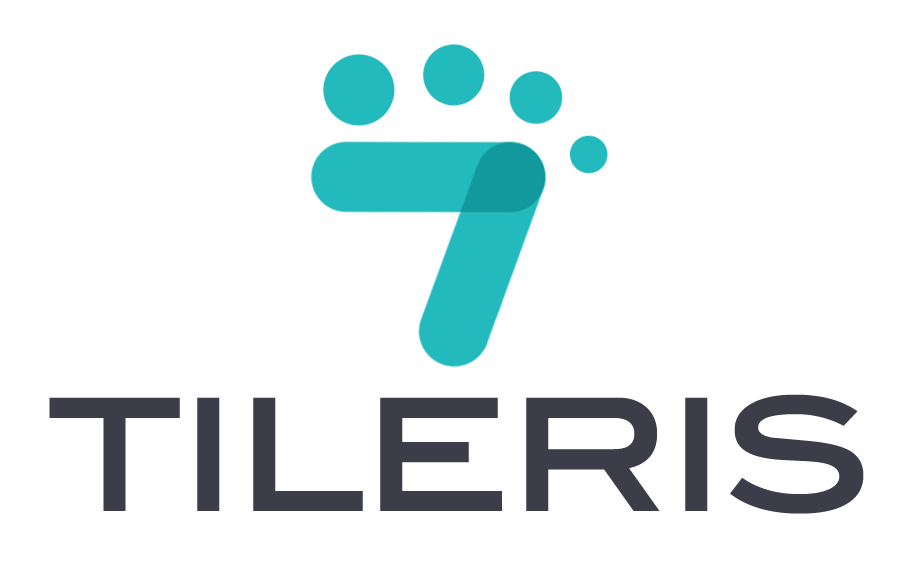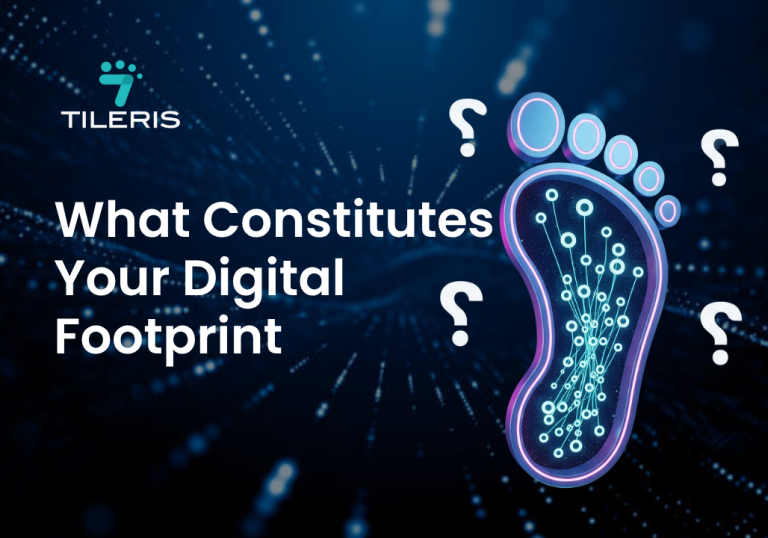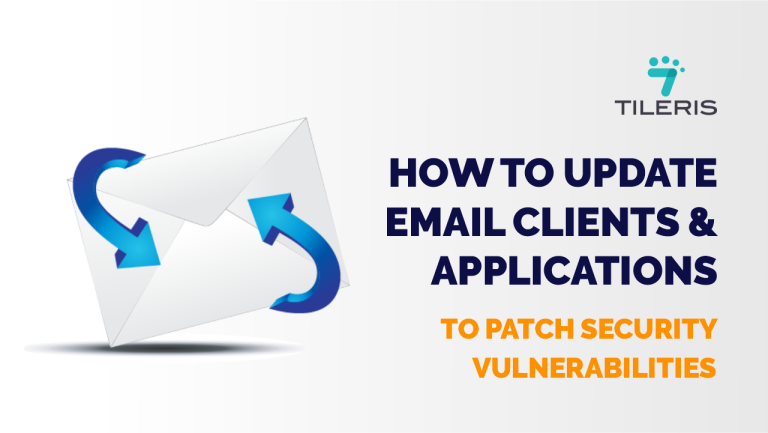The True Cost of Cybersecurity Alert Fatigue: How Automation Changes the Game
Introduction
How many times have you looked at your email inbox and felt that familiar pang of dread? Now imagine that feeling multiplied a thousand-fold, but instead of marketing emails and meeting requests, it’s a relentless torrent of security alerts, each potentially signaling a critical threat to your organization. That is the daily reality for countless cybersecurity professionals, and it has a name: alert fatigue.
It’s a silent saboteur, quietly eroding the effectiveness of even the most dedicated security teams. You see, the cybersecurity landscape today isn’t just about sophisticated attacks; it’s about the sheer volume of data, the constant noise, and the human capacity to sift through it all. And here’s the kicker: the true cost of this fatigue extends far beyond a few stressed-out analysts. It ripples through an entire organization, touching everything from operational efficiency to the bottom line, and ultimately, your brand’s reputation.
The Human Toll: Burnout, Brain Drain, and Broken Morale
First and foremost, alert fatigue takes a devastating human toll. Security analysts, the unsung heroes on the front lines of cyber defense, are burning out at an alarming rate. Imagine the constant pressure to be “on,” to never miss a critical alert, knowing that a single oversight could lead to catastrophic consequences for your company. This unrelenting stress leads to:
Burnout and Mental Health Issues
Long hours, repetitive tasks, and the emotional burden of potential breaches contribute to stress, anxiety, and exhaustion. As a 2022 study highlighted, security teams often receive hundreds of alerts per day, with more than half being false positives. This constant churn for little reward is a recipe for mental fatigue.
High Turnover Rates
When the job becomes a grind of sifting through noise rather than meaningful threat hunting, talented professionals seek greener pastures. This brain drain leaves organizations even more vulnerable, as institutional knowledge walks out the door.
Decreased Job Satisfaction and Engagement
The excitement of thwarting sophisticated attacks is replaced by the monotony of closing false positives. This saps morale and makes it difficult for teams to stay engaged and innovative.
Operational Inefficiencies: Slowed Responses and Wasted Resources
Beyond the human element, alert fatigue grinds down operational efficiency, leaving gaping holes in an organization’s defenses:
Missed Critical Alerts
When every alert screams “urgent,” eventually, none do. The human brain, overwhelmed, starts to filter out the noise, increasing the risk of truly dangerous threats being overlooked or dismissed as “just another false positive.” This can lead to a critical threat dwelling in your network far longer than it should.
Slower Response Times
Even if a critical alert is noticed, the time spent sifting through the false positives inevitably delays the response. Every second counts in a cyberattack. The longer it takes to identify and contain a breach, the more expensive and damaging it becomes.
Wasted Time and Resources
Investigating thousands of false positives is a colossal waste of valuable analyst time, time that could be spent on proactive threat hunting, patching vulnerabilities, or developing more robust security strategies. This isn’t just about salaries; it’s about diverting highly skilled personnel from high-impact activities.
Resource Drain
The cost isn’t just in human hours. It’s in the over-provisioning of tools to generate these alerts, the infrastructure to store the data, and the continuous training needed to keep analysts up to speed on ever-changing threats.
Financial Repercussions: The Hidden Costs of Compromise
The operational inefficiencies and human toll inevitably translate into significant financial repercussions:
Soaring Breach Costs
The average global cost of a data breach reached a staggering $4.88 million in 2024, according to IBM’s “Cost of a Data Breach Report.” This figure is a 10% increase over the previous year and the biggest jump since the pandemic. For financial institutions, this cost can be even higher. Missed alerts and delayed responses directly contribute to this figure, as breaches have more time to propagate and cause damage.
Reputation Damage and Customer Loss
A breach, especially one caused by an unaddressed alert, can severely damage a company’s reputation, leading to a loss of customer trust and, ultimately, revenue. Who wants to do business with an organization that can’t protect their data?
Regulatory Fines and Legal Liabilities
Data privacy regulations like GDPR and CCPA carry hefty fines for organizations that fail to protect sensitive data. A missed alert that leads to a breach can expose a company to severe legal and financial penalties.
Strategic Blind Spots: Reactive, Not Proactive
When your security team is constantly playing whack-a-mole with alerts, they lose the ability to see the bigger picture.
Inability to Focus on Proactive Security
If all your time is spent reacting to alerts, there’s little room for proactive measures like vulnerability assessments, penetration testing, and strategic security planning. You’re constantly fighting fires instead of preventing them.
Reactive Security Posture
This leads to a perpetually reactive security posture, where your organization is always a step behind the attackers, rather than anticipating and mitigating threats before they materialize.
Difficulty in Identifying True Vulnerabilities:
The noise obscures genuine vulnerabilities. It’s hard to identify systemic weaknesses when you’re drowning in individual, often irrelevant, alerts.
Automation the Game Changer
It sounds like a bleak picture, doesn’t it? But there’s a powerful force emerging that’s changing this game entirely, automation.
No, we’re not talking about robots taking over the SOC (Security Operations Center). We’re talking about intelligent systems that augment human capabilities, freeing security professionals from the tyranny of the mundane and empowering them to focus on what truly matters.
Cybersecurity automation encompasses a range of technologies, from Security Orchestration, Automation, and Response (SOAR) platforms to the integration of Artificial Intelligence (AI) and Machine Learning (ML) for advanced threat detection and response. It’s about designing systems that can handle the volume, velocity, and variety of security data with speed and precision that humans simply cannot match.
So how exactly is automation transforming the fight against alert fatigue?
1. Sift Through Alerts with Precision
SOAR platforms, powered by AI/ML, can ingest alerts from various security tools (SIEM, EDR, firewalls, etc.), correlate them, and enrich them with threat intelligence. This allows for a holistic view of an incident, rather than isolated, decontextualized alerts.
2. Reduce False Positives
By learning from historical data and identifying patterns of legitimate activity, AI/ML algorithms can significantly reduce the number of false positives. This means fewer irrelevant alerts reaching human eyes.
AI-driven systems will become better at predicting and prioritizing alerts, using contextual analysis to reduce non-critical notifications and flag only the truly urgent threats.
3. Prioritize Real Threats
Automation can assign severity scores and automatically prioritize alerts based on their potential impact and the context of the environment. This ensures that the most critical threats receive immediate attention.
4. Automated Incident Response Playbooks
SOAR platforms allow security teams to define and automate playbooks for common incident types. For example, if a phishing email is detected, the system can automatically analyze headers, scan attachments, block the sender, remove the email from other inboxes, and even isolate compromised endpoints, all without human intervention.
5. Faster Containment and Eradication
This rapid, automated response means threats are contained and eradicated far more quickly, minimizing their potential impact and reducing the “dwell time” of attackers in the network.
5. Reduced Human Intervention for Repetitive Tasks:
Tedious, repetitive tasks that once consumed hours of analyst time are now handled instantly by machines, freeing up valuable human capital.
6. Focus on Complex Investigations
By automating the initial triage and response to routine incidents, analysts are freed to concentrate on the truly challenging, unique, and sophisticated threats that require human ingenuity, critical thinking, and investigative skills. This means more time for proactive threat hunting, forensics, and complex incident analysis.
7. Upskilling Security Teams
With less time spent on mundane tasks, security professionals can invest in continuous learning, specializing in areas like cloud security, reverse engineering, or advanced persistent threat (APT) analysis.
8. Improving Job Satisfaction and Retention
When analysts feel valued, challenged, and are engaged in meaningful work, job satisfaction increases, leading to lower turnover rates and a more stable, experienced security team. As one industry analyst observed, “Automation doesn’t just save money; it saves careers.”
9. Better Insights from Correlated Data
By integrating data from disparate sources, automated systems can identify subtle patterns and correlations that human analysts might miss across massive datasets.
10. Identifying Patterns and Predicting Threats
Machine learning algorithms can learn from past attacks and proactively identify emerging threats or anomalous behaviors that indicate a potential compromise, even before a specific “alert” is triggered.
Real-World Impact and Expert Perspectives
The impact of this shift is already being felt across industries. For example, a recent report found that 42% of companies reported suffering from cyber fatigue in 2024, underscoring the widespread nature of the problem. However, the same report noted that companies that leverage AI and automation in their security operations saved an average of $1.9 million compared to those that don’t, clearly demonstrating the tangible financial benefits.”
Consider a financial institution, a prime target for cyberattacks, grappling with millions of daily transactions and an equally staggering number of security events. Before automation, their SOC might have been overwhelmed, leading to delayed fraud detection or even successful breaches. With SOAR and AI, suspicious transactions are automatically flagged, investigated, and, if malicious, halted in real-time, drastically reducing financial losses and maintaining customer trust.
Addressing the Concerns
It’s natural to have concerns about automation, particularly the fear of job displacement. However, the consensus among cybersecurity experts is clear: automation augments, it doesn’t replace.
The weakest link in the security chain is often the human element. While this is true, it’s not because humans are inherently flawed, but because they are prone to fatigue and error under immense pressure. Automation mitigates these vulnerabilities, allowing humans to excel in their unique strengths. Security professionals will continue to be indispensable.
Conclusion
The future of cybersecurity jobs lies not in repetitive alert triage, but in higher-level, more impactful roles that leverage human creativity and expertise. It’s a job evolution, not a displacement.
For organizations struggling with alert fatigue, the path forward is clear: embrace automation. This doesn’t mean a sudden, disruptive overhaul. A phased approach, starting with automating repetitive, low-risk tasks, can yield significant benefits.
Automation isn’t just a technological advancement; it’s a lifeline. It’s about building a healthier, stronger security posture where human ingenuity is amplified by machine efficiency, and where the fight against cyber threats is won not just by working harder, but by working smarter. It’s about giving dedicated security analysts out there, a chance to breathe, to innovate, and to truly make a difference in the ongoing battle for our digital future.
Ready to Strengthen Your Cybersecurity?
Want to take your cybersecurity to the next level? Start by downloading our free security checklist. It’s packed with simple, actionable steps to help you stay protected online, giving you a clear roadmap to a more secure future. Just head over to tileris.com to grab your copy and start building your defense today.
If you’re looking for more hands-on support and expert guidance tailored specifically to your business, you can also request a free consultation. Our cybersecurity experts are ready to discuss your unique needs, assess your current challenges with alert fatigue, and help you implement the robust, automated protections you deserve.
Or, if you’d rather see how Tileris solutions work in real-time and how they can directly benefit your organization by streamlining operations and empowering your security team, go ahead and request a demo through our contact form. See firsthand the power of proactive cybersecurity designed for the challenges of 2025, and beyond. Let’s conquer alert fatigue together.







